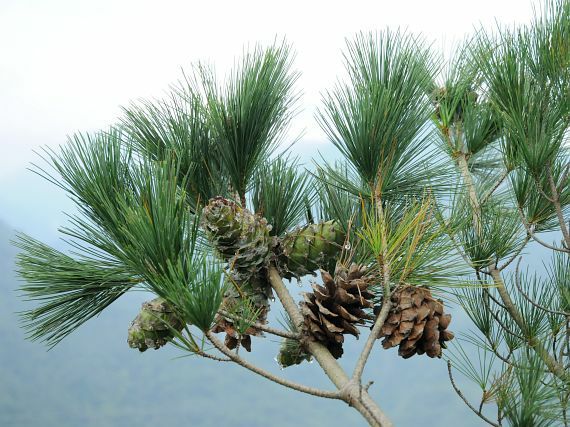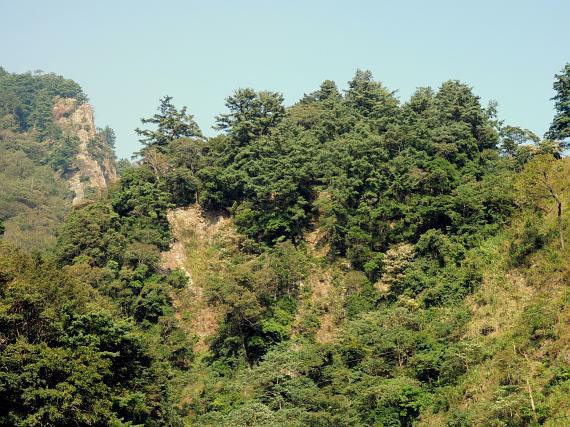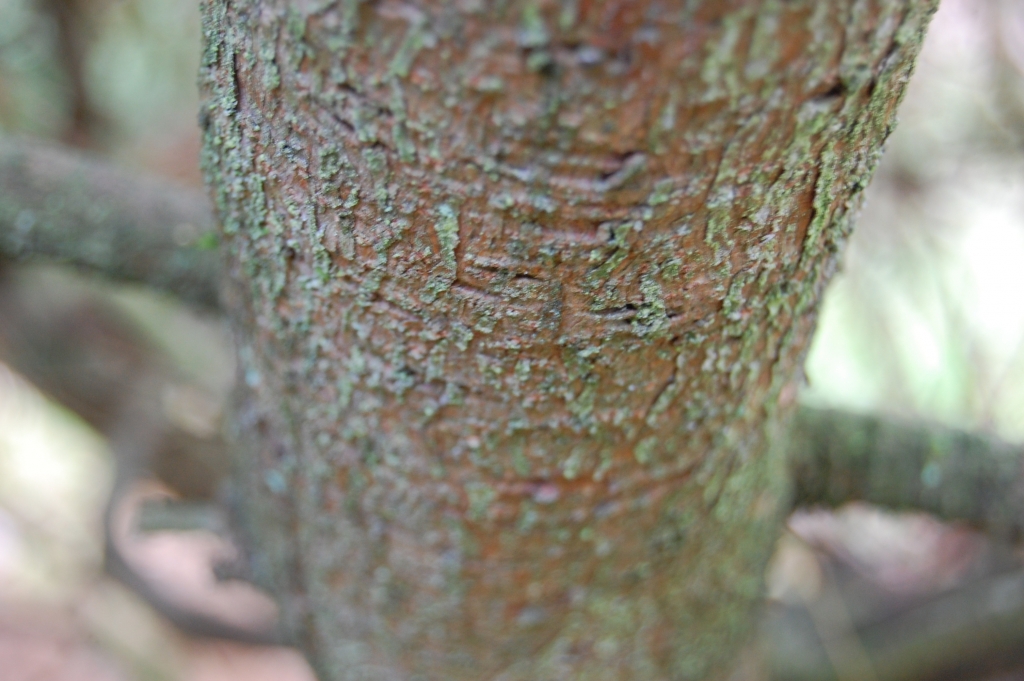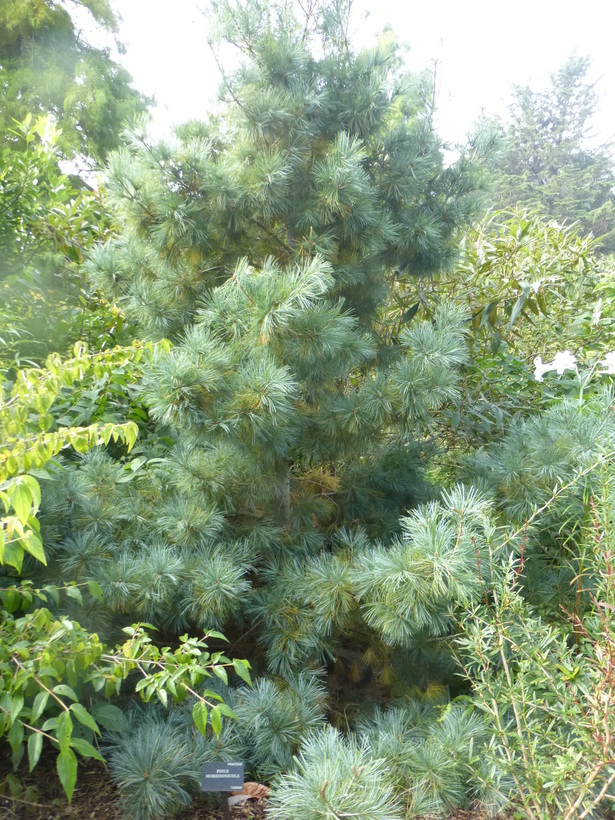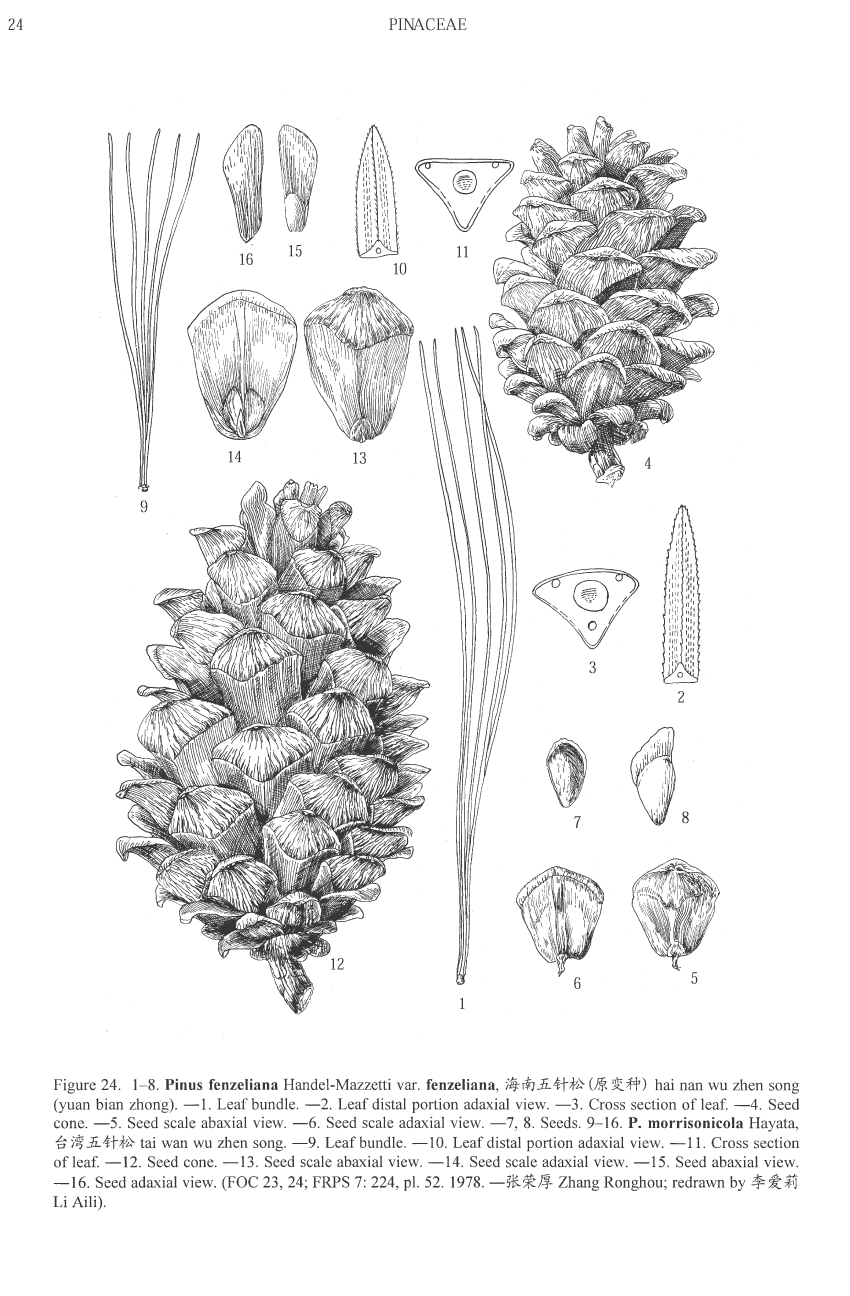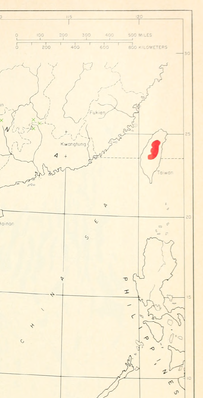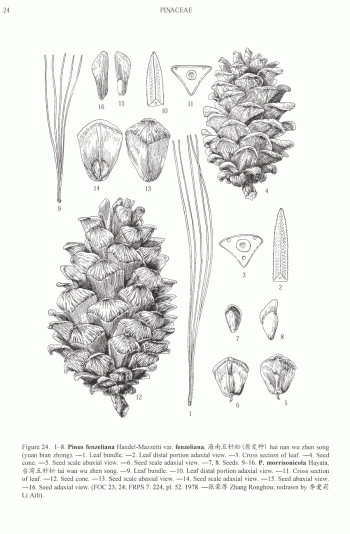
subgenus Strobus (Lemmon), section Quinquefoliae (Duhamel), subsection Strobus (Loudon).
Pinus morrisonicola, first described in 1908 by BunzŠ Hayata (1874-1934), is commonly known as Taiwan white pine; as well asŠ°æ¹¾äº”é’ˆæ¾ (Taiwan wuzhensong) in the Chinese language. The species name honors Taiwan's Mt. Morrison (now known as Yushan, or Mt. Yu), where the type specimen was collected.
Description. Taiwan white pine is an evergreen, coniferous species of tree that grows to mature heights of 59 to 80 feet (15 - 25 m) with a trunk that is often crooked, measuring up to 48 inches (120 cm) in diameter, measured at breast height; and a conical crown.
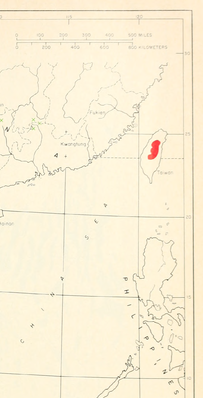
Distribution. This species is native to Taiwan, at altitudes of 1,000 to 7,500 feet (300 - 2,300 m) above sea level throughout the island, usually scattered and in association with broad-leaved trees, now scarce at lower elevations and mostly present at higher elevations and less accessible places.
Hardy to USDA Zone 8 - cold hardiness limit between 10° and 20°F (-12.1° and -6.7°C).
